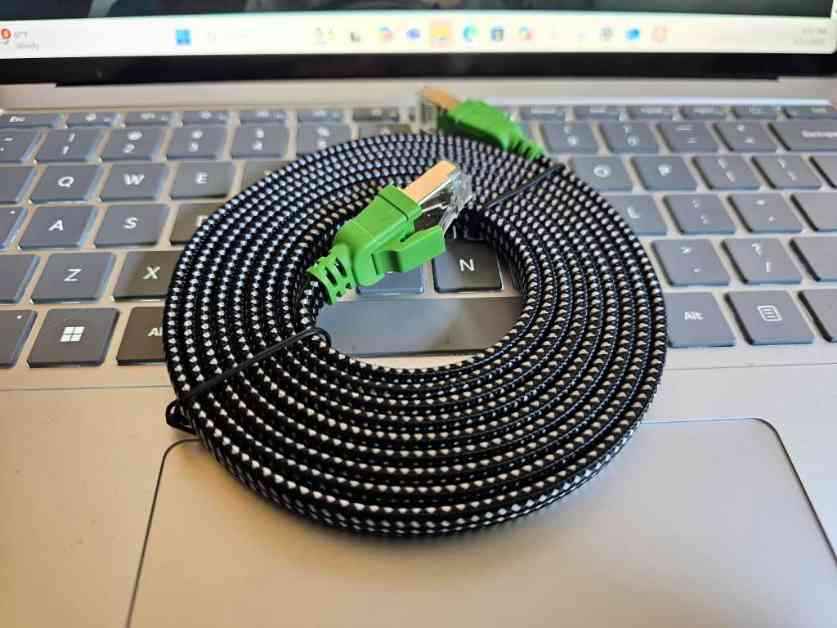So, about a week ago, I made a decision that I will never buy another Ethernet cable. Seriously, if you’re anything like me, you probably have a bunch of these cables lying around in a box or drawer somewhere. They all look the same, with different colors and tiny markings that are supposed to tell you what they can do. But let’s be real, how much data can these cables actually transfer? I had no clue, and that’s not good.
I never really paid attention to the Ethernet cables connecting my cable modem, router, Xbox, and desktop PC. But after running a few speed tests, I started to worry that my network was slower than it should be. And guess what? The speed of your network is only as fast as the slowest segment, which in my case, could have been those ancient Cat5 cables connected to my devices. Yikes!
Fast forward to a week before my colleague Dominic Bayley wrote about Ethernet cables, I decided to do some digging myself. Turns out, Ethernet cables come in different categories, ranging from Category 3 to the latest and greatest Category 8. So, is Category 8 the best option out there? Well, it seems like it. And the best part? It doesn’t cost much at all. I found a pack of five color-coded, nylon-braided Category 8 Ethernet cables on Amazon for a steal at $26.99.
Broadband speeds are always on the rise, and so are cable modems. But even the fastest ones out there only offer a few gigabits per second, while this Cat8 cable boasts a whopping 40Gbits/s of speed. Not too shabby for the price of a nice lunch, right? So, without giving it a second thought, I ordered the cables, swapped out the old ones, and decided to never worry about Ethernet cables again. It’s the little things in life, like owning fancy color-coded cables, that make me happy.











